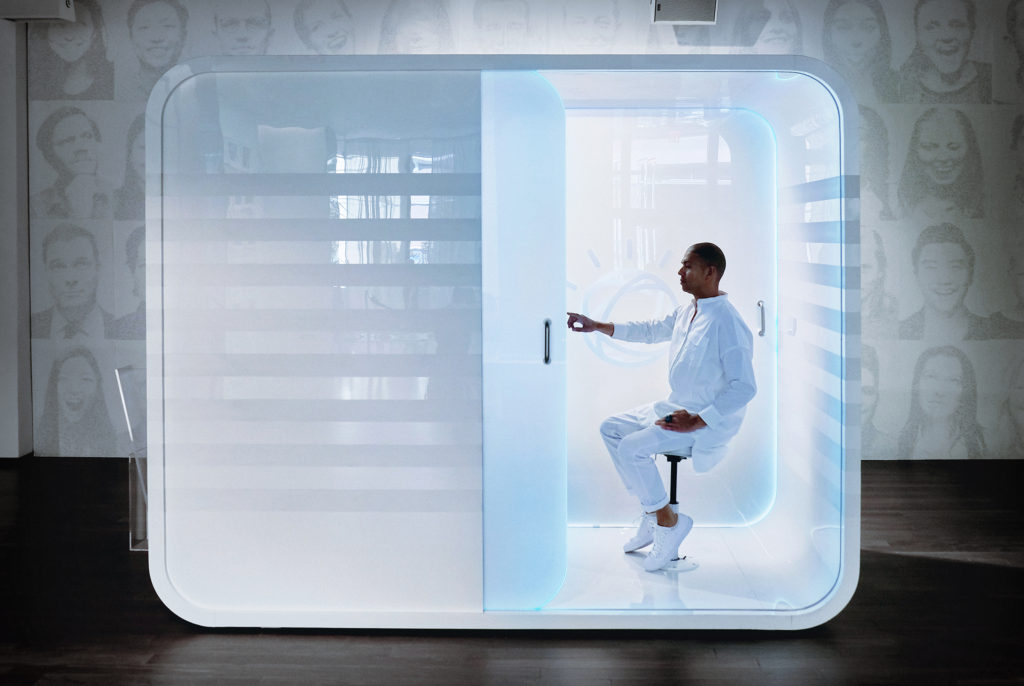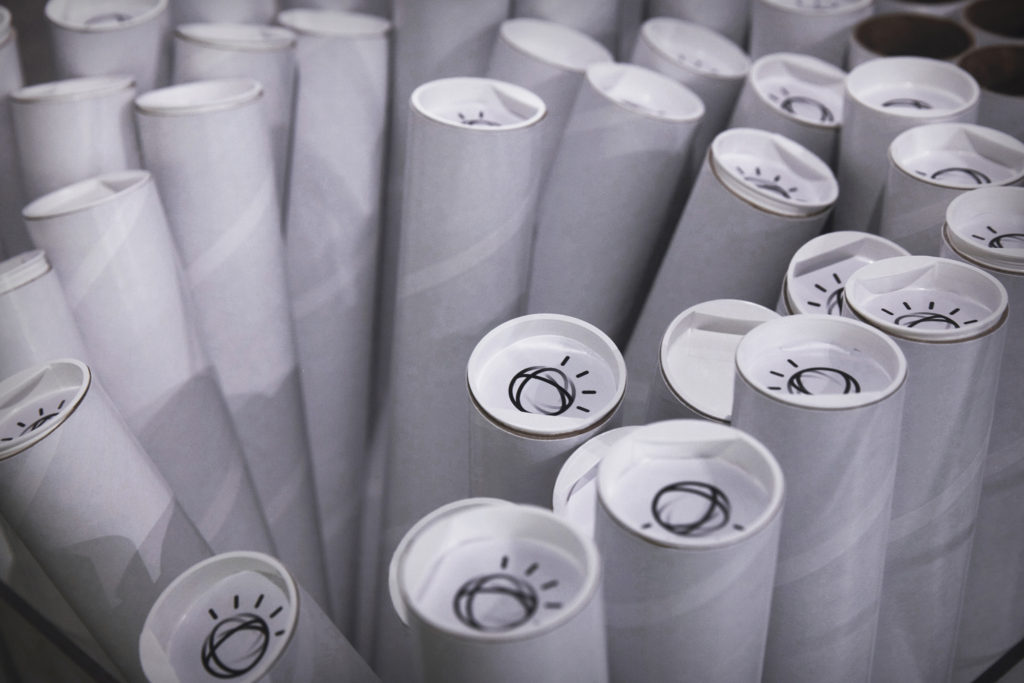An exploration into the hidden personas of some of history’s foremost thinkers.
How man sees machine is a well-documented subject. But what about how machine sees man? We asked IBM Watson to show us through data analysis, and in doing that, he uncovered the true nature of seven of the world’s most profound thinkers. Fifteen artists collaborated with Watson—using insights only Watson could provide—to create an exhibition of portraits that told stories about these historical icons that had never been told before.
Thousands of gallery guests were also invited to chat with Watson in the Cognitive Photo Booth, so by analyzing their answers to his questions, he could create personalized portraits in real time that reflect their true nature.

VIDEO:
Art with Watson: Hidden Portraits Case Study
VIDEO:
Social Teaser Video
VIDEO:
Eleanor Roosevelt: First Lady of the World
In Roosevelt’s writings, Watson found associations with contemporary music of 2007-2008. The artists created her portrait with original music, including vocals of phrases from Roosevelt’s speeches and writings, as well as an audio sample from her 1941 Library of Congress speech. Accompanying the track is a video projection of her 3-D likeness, with animated phrases from her writings.
VIDEO:
Paul Rand: Emotional Spellcheck
Watson’s analysis revealed that Rand displayed anger in his writings. Inspired by Rand’s playful designs, the artists created a work composed of customized emojis, reflecting the emotions Watson surfaced in Rand’s writings.
VIDEO:
Marie Curie: Truth Shines
Watson discovered that despite her reputation as a cold scientist who loved her work above all, Curie actually cared more for her family. Her portrait featured typography to magnify the difference between Curie’s public and private personas: blue ink and rigid type for the media’s unkind depiction, red ink and handwritten script for her own words of affection to her family. The UV light makes the truth shine, by highlighting her words in red.
VIDEO:
Nikola Tesla: The Artist Inside
Watson uncovered that the famed inventor was really an artist at heart. Tesla’s conflicted, dual personas–the scientist and the artist–served as inspiration for this portrait. The mirrored cube represents Tesla’s mind, while the inner electric grid speaks to his fame as a well-known scientist. The generative art that comes alive inside the cube represents Tesla’s lesser-known artistic side.
VIDEO:
Charles Darwin: Evolution: The Game
Watson found that the concepts in Darwin’s books on evolution resemble those behind many puzzles and board games. This led to the idea of evolution as a game itself– one that, when played to the end, allows us to discover something new and see how we’re all connected. The artists also featured references to Darwin’s exploration of the Galápagos Islands.
VIDEO:
Thomas J Watson: The Think Album
IBM Watson found relevancy between Thomas J. Watson’s speeches and the song lyrics from the 60s worldwide rock ‘n’ roll revolution. With this insight, the artist created a portrait of Thomas J. Watson combining seminal IBM iconography, with allusions to 1960s rock ‘n’ roll album art.
VIDEO:
Josephine Baker: Glamoflage
Through the analysis of Josephine’s Baker’s writings, Watson discovered contradictions to her flamboyant persona. She ranked very low in extroversion, hedonism and excitement-seeking traits, while ranking extremely high in cautiousness. This indicates that this seemingly uninhibited chanteuse was in fact an introvert.
The Cognitive Photo Booth
Can a machine know a person better than they know themself? The Cognitive Photo Booth–a key attraction at the AI-inspired Art with Watson portrait exhibition–showed how Watson can reveal the person within. Thousands of gallery guests queued up to chat with Watson, who then analyzed their answers to his questions using his Speech to Text and Tone Analyzer APIs, and created individual personality profiles. With the trait percentages, the emoji distribution was determined and used to create a custom, poster-sized portrait for each guest in the form of a printed data visualization.
ibm.com/artwithwatson

















